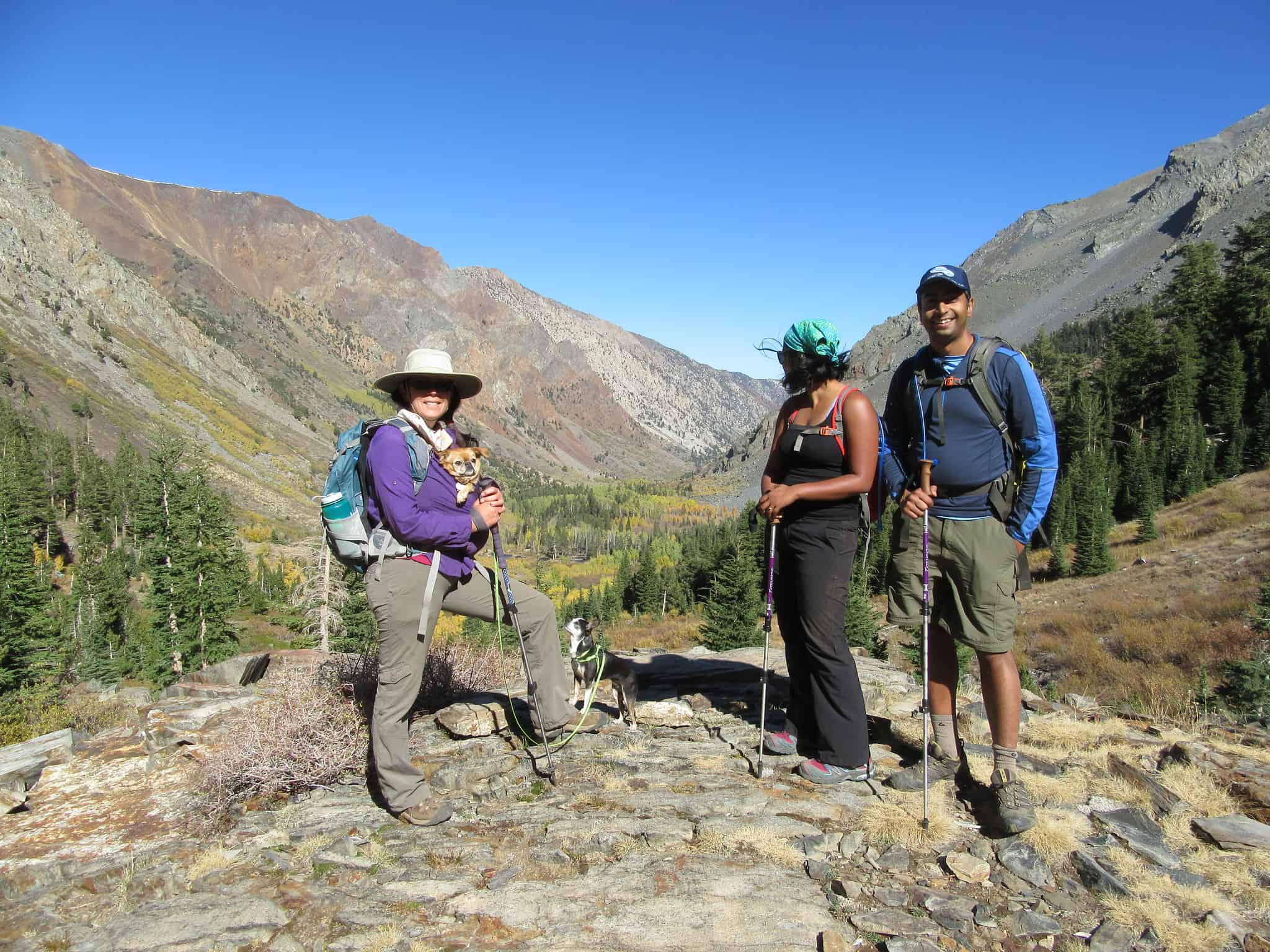First, the easiest way to safely navigate down hill is to keep your weight on your uphill leg and under your bum as you reach forward like normal with your leading leg. Almost, but not quite, creating a squat-like motion on your following leg.
The best, and possibly most obvious, advice we have to give, is to avoid leaning toward the downhill with your upper body. Just like with most winter sports, keep your weight up hill and if you need to, sit down on said hill to avoid falling head over heal.
As you encounter steeper hills, we even suggest going down backward to keep your head uphill. Trust us, we’ve been there. Especially, here in Ohio where we have erosion on trails, it’s easier to make tree roots your friend and ladder rungs as you descend.

